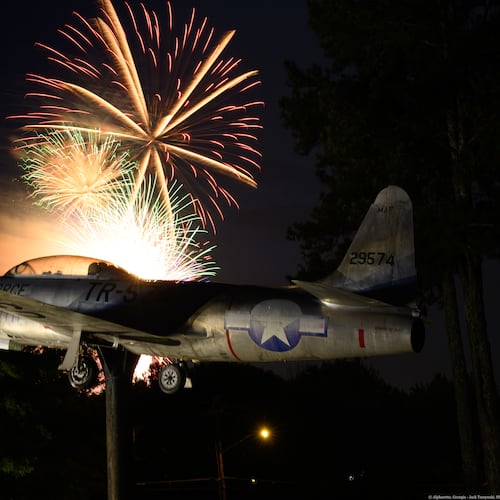As of this writing earlier in the week, Hurricane Irma was moving through Georgia after brutalizing Florida and causing horrific destruction.
During such a storm, people’s safety, of course, is the top concern. But what about wildlife? How do wild creatures survive a catastrophic hurricane?
In particular, September not only is prime time for hurricanes, but is also when millions of birds are migrating south including huge numbers of ruby-throated hummingbirds and songbirds that fly hundreds of miles non-stop across the Gulf of Mexico to reach winter homes in Central and South America.
This month also is peak time when baby sea turtles are hatching on barrier island beaches and crawling into the ocean.
So, will high numbers of wildlife corpses start showing up as a result of Irma?
Not likely, say wildlife biologists. Although many birds and other wildlife undoubtedly perish during hurricanes, the vast majority of them survive major storms.
Hurricanes are natural phenomena that have been occurring over eons of time. During the same time, birds and other wild creatures have evolved strategies to live through them.
Birds, for instance, can skip around gale-force winds, uncannily get back on track after being blown off course, or amazingly employ hurricane winds to their advantage and zip along at super fast speeds.
With their talons, songbirds also can grip a branch or wire with amazing strength and remain securely perched even during hurricane-strength winds.
Sea turtles also have a nesting strategy do deal with storms: Each nesting female lays eggs in several nests over the nesting season, ensuring a high probability that at least a few nests will hatch out, even if a storm hits during the season.
IN THE SKY: From David Dundee, Tellus Science Museum astronomer: Autumn officially begins at 4:02 p.m. on Friday. The moon will be new on Tuesday. Mercury is low in the east just before dawn. Mercury and Mars will appear close together in the predawn sky on Sunday morning and again on Tuesday morning. Mars and Venus rise in the east about an hour before dawn. Jupiter is low in the west at dusk and sets about two hours later. Saturn is low in the southwest just after dark and sets before midnight.
About the Author
Keep Reading
The Latest
Featured


